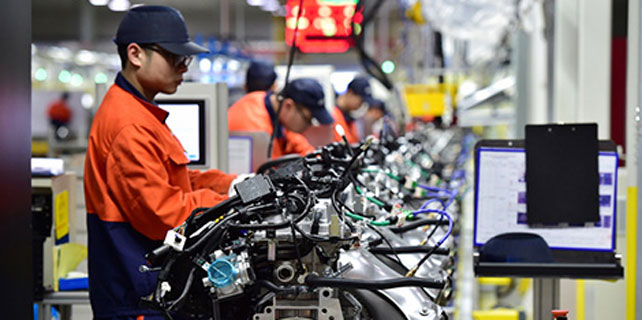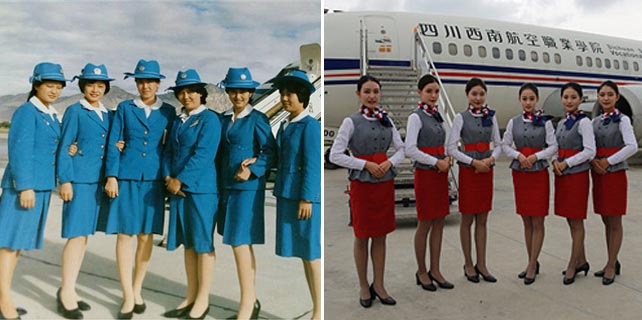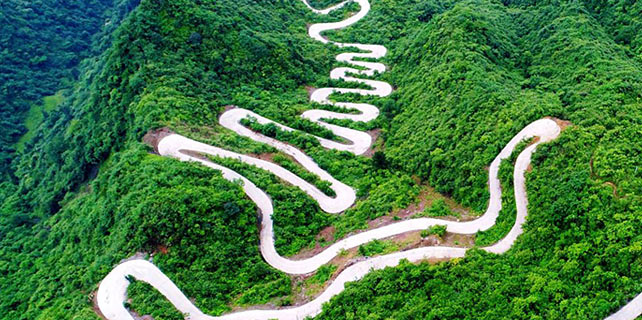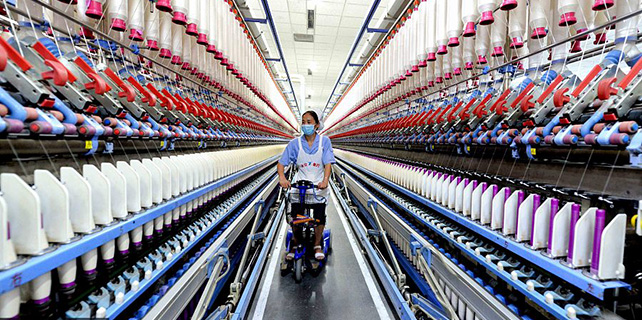Future shines as coal fades
 |
|
Xiangshan Mountain has become a forestry park as a result of decades of tree-planting projects by the local government. China Daily |
Last year alone, the city transferred more than 7,000 miners to non-coal industries. "Shifting more people out of the sector will require a more developed non-coal industry, so it can only be done gradually," Long said, adding that the authorities plan to reduce the number of miners to 50,000 by 2020.
Industrial changes
In the early decades, most of the coal produced in Huaibei was sold as a raw material, but in recent years, the city decided to build a stronger coal chemical sector and use more coal in the production of valuable chemical materials and end products.
In 2010, the Huaibei New Coal Chemical Industry and Synthetic Materials Base was founded in Suixi, a county about 50 kilometers from the city's downtown.
In September last year, the authorities formulated a strategy to build Huaibei into China's "Carbon Technology Valley" and make local industries more environmentally friendly.
When the focus shifts from carbon technology to the more specific field of coal chemicals, the complex has great potential because many regions have ruled that chemical companies must be located in dedicated industrial zones, said Sun Yulin, deputy director of the coal chemical base. Sun's base is one of four in Anhui.
"Attempts to attract investment have accelerated since last year when the carbon technology valley strategy was brought forward and a lot of favorable policies followed," he said.
In the blueprint for Huaibei's transformation, food production has also been designated a pillar industry of the city, which sits on the Huanghuaihai Plain, China's largest area of grain cultivation.
Most of the food companies are located in the Fenghuangshan Food Industry Development Zone in Xiangshan district.
The development of the zone, which was founded in 2009, has accelerated since 2013, according to the local government.
Since 2014, the city's food industry has registered gross production value of more than 38 billion yuan ($5 billion), compared with 23 billion yuan in 2012. That's largely as a result of the zone's growth.
"So far, more than 60 food producers, mostly from other parts of the country, have been attracted to the zone because they know Huaibei urgently wants to develop the sector into a new pillar for the local economy and is offering a range of support measures in areas such as land use and tax incentives," said Hu Qishu, head of Xiangshan government.
In recent years, the development of new industries has seen the city's industrial zones achieve combined production value of almost 122 billion yuan, according to figures released by the municipal government. In 2008, the figure was 4.25 billion yuan.




















